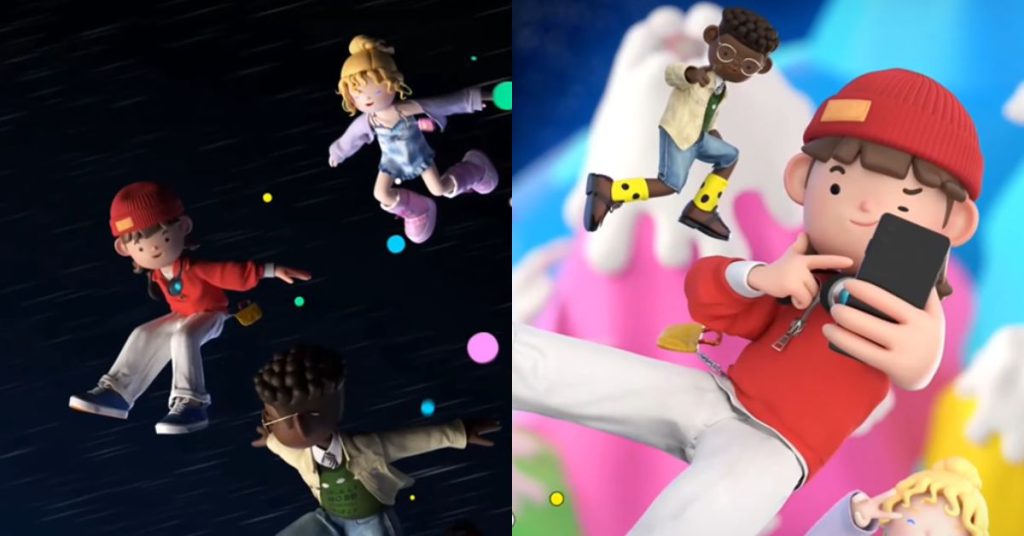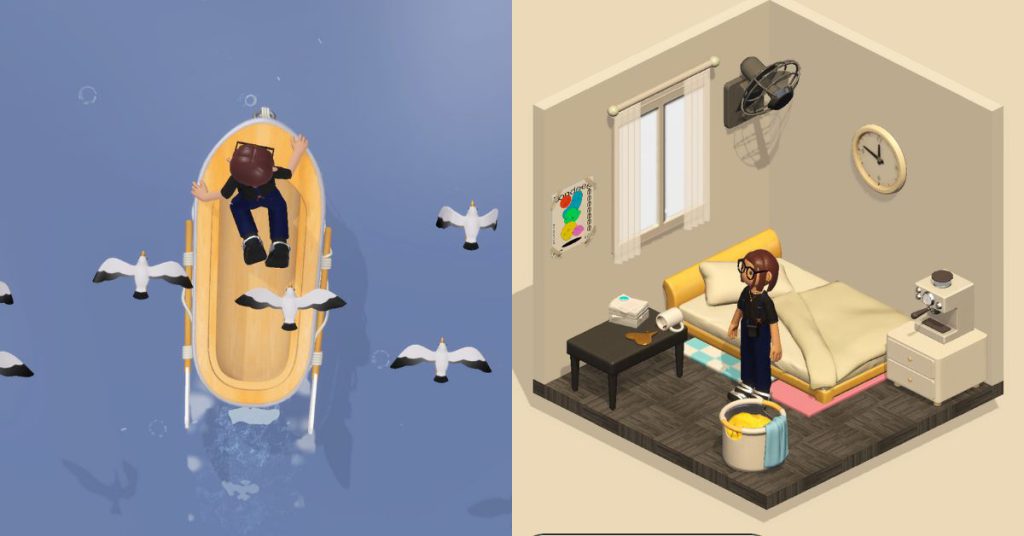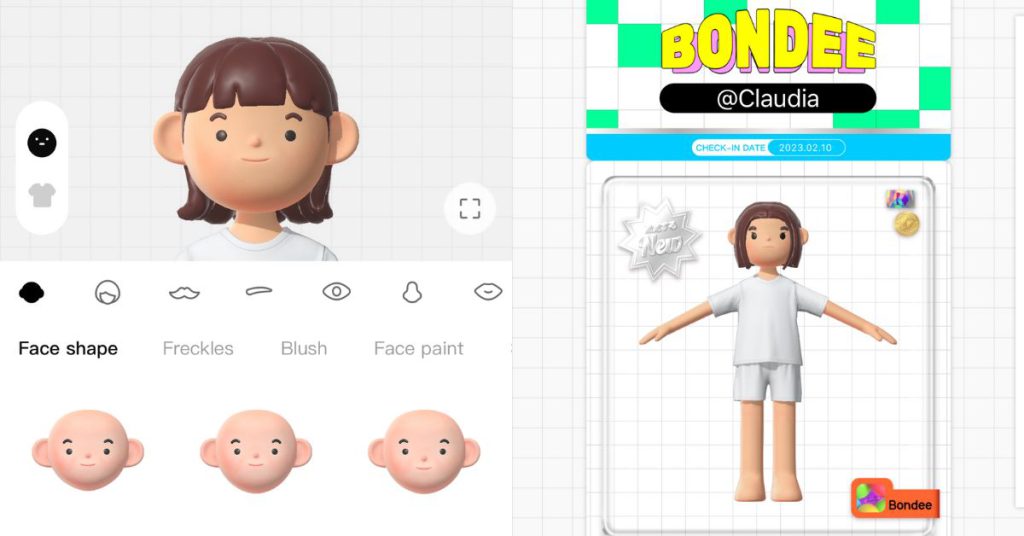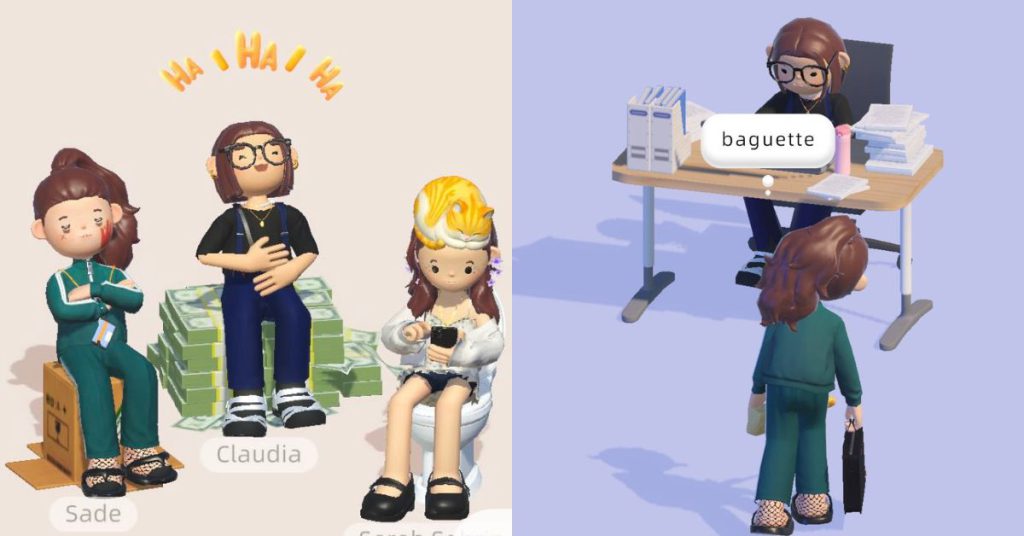If you’re one of the rare few who haven’t heard of Bondee yet, no worries. It’s only just one of the newest, hottest “next-gen” social apps.
To put that in a more understandable way, Bondee is a virtual avatar social networking app, much like Zepeto or IMVU back in the day.
Media publications have also called it a fashion app, which isn’t wrong. Dressing up your avatar and designing your room are some of the main things you can do with this app.
But beneath these shallow definitions of Bondee, there’s a looming context over what this app promises, or perhaps what it already is.
I’m talking about Bondee being a metaverse app.
But, what’s a metaverse app?
Or better yet, what even is the metaverse?
It seems like a hot buzzword on the tip of every other tech bro’s tongue, but what people mean by it seems to differ from situation to situation.
Broadly put, the metaverse is any kind of 3D-enabled digital space that uses virtual reality, augmented reality, and all that cool tech stuff.
Naturally, a metaverse app is an application that allows for… that.

To make sure I’m getting this right, I asked Jason Low, the co-founder of Virtualtech Frontier, a virtual solutions company specialising in metaverse stuff.
“As an author of the metaverse, we classify metaverse apps as a technology solution that provides virtual worlds for people to interact with as avatars,” Jason explained succinctly.
Right. Did I mention he has a book on the metaverse? It’s called Metaverse.
So, think Meta’s Horizon Worlds, or Roblox, or Virtualtech Frontier’s own product, Mitoworld. These are all examples of metaverse apps.
Even Zepeto and IMVU could be considered metaverse apps.
Although some metaverse companies include blockchain or cryptocurrency elements into their business models (such as Decentraland and Sandbox), Jason believes the inclusion of blockchain or crypto is not necessary to run or kickstart a metaverse company.
This is as the metaverse by itself is also already being recognised as a Web 3 technology.
With this in mind, there’s really nothing stopping Bondee from being classified as an app within the metaverse space.
So, what makes Bondee special, then?
If there are already all these metaverse apps that exist, why is Bondee being touted by countless media publications as some kind of new wave, next-gen social app, then? What’s so unique about Bondee that has got people in a chokehold?
Perhaps it’s the cute artistic direction. Perhaps it’s because all the cool kids are on it. Perhaps it’s the exclusivity of only being able to have 50 friends on it.
Well, if any of those is the answer, then I don’t think Bondee is really going to last.

As fun as it was to create my avatar and design my room, now that all that is done, I am too. I don’t want yet another app to sink my time into. And to be frank, I don’t need the metaverse to stay connected with my friends.
But that said, I can see the appeal of Bondee, shining through the cracks of my scepticism. It is cute, and there’s that new social app glow to it, like when BeReal and Clubhouse started being a thing.
I believe that the most special part of Bondee, though, is the fact that it hasn’t really been pushed as some kind of technological wonder.
There’s no jargon or confusing Web3 terminology behind this app. It’s just a cute social networking app where you can design your avatar. That’s all.
From my experience, most consumers actually get turned off by any mention of metaverse or NFT or any crypto jargon.
What Metadream has done successfully is removed the barrier of adopting metaverse technology, because the people who downloaded it don’t even know it themselves.
No, really. Metadream had kind of tried to pull a fast one over unassuming users’ heads via its privacy policy (which, come on, who really reads?). In the document, they mentioned its NFT and blockchain-based wallet plans.
They’ve since backtracked on this and removed segments of its privacy policy, though.
The future of the metaverse?
Yes, Bondee is a metaverse app, but it’s the fact that it doesn’t feel like one that has bolstered its success.
Other metaverse solutions should also feel like Bondee—easy, seamless, and not labelled as metaverse-adjacent. Or related to crypto. Or blockchain. (Or NFT, which Bondee had to learn the hard way.)

But will this be what metaverse apps look like in the future? Just any social networking site where you can dress up your avatar and chat with your friends?
“Right now, with not many companies are there having working products, users are still quite uncertain in how a metaverse should truly be,” Jason had told me.
I’ll take that as maybe.
Bondee’s overwhelming success might be a good indicator for other players in the metaverse scene, but whether or not it (and metaverse apps as a genre) will prevail in the long run remains to be told.
Also Read: For RM210/hr, international teachers can prep M’sian students for all major exams










